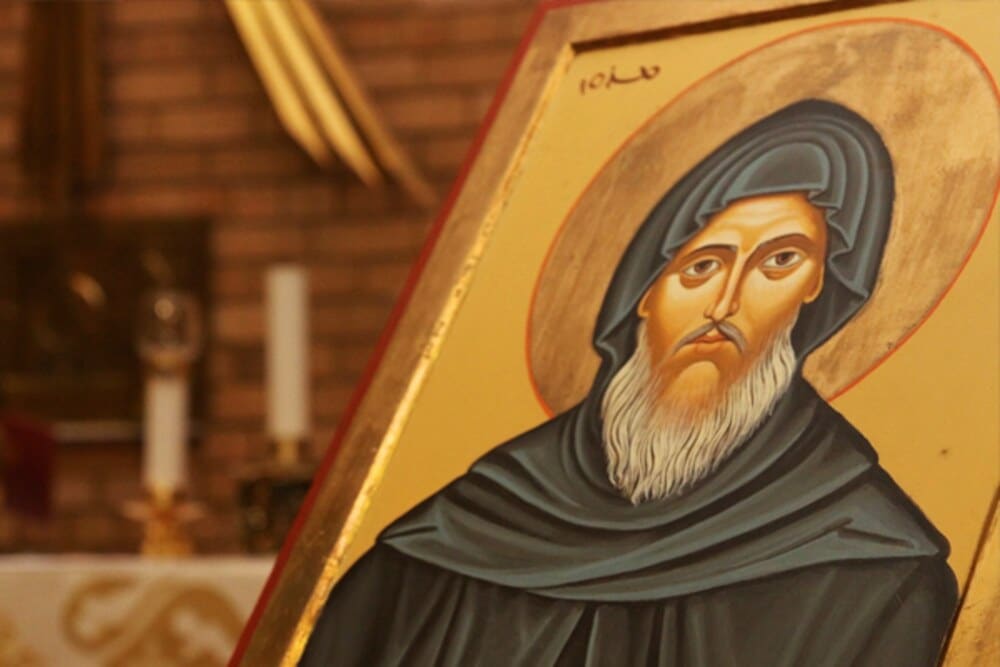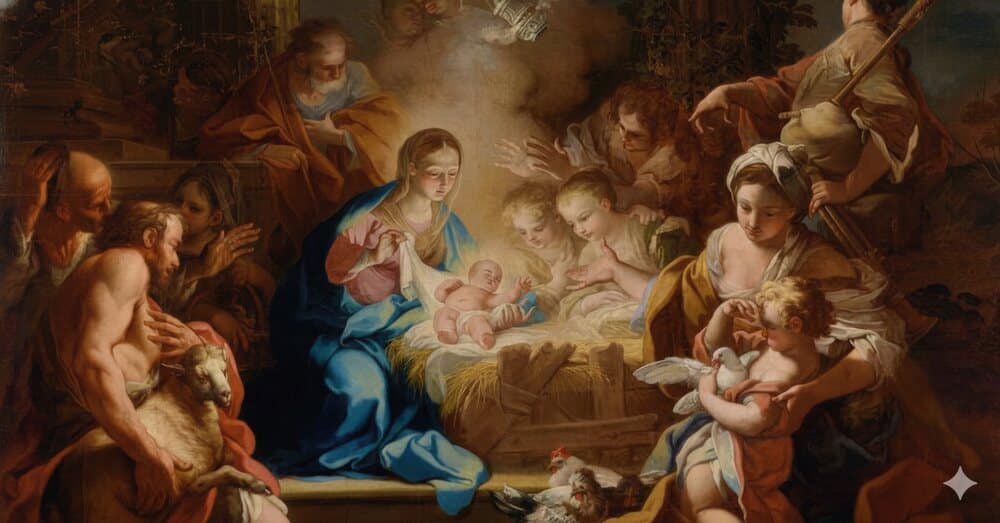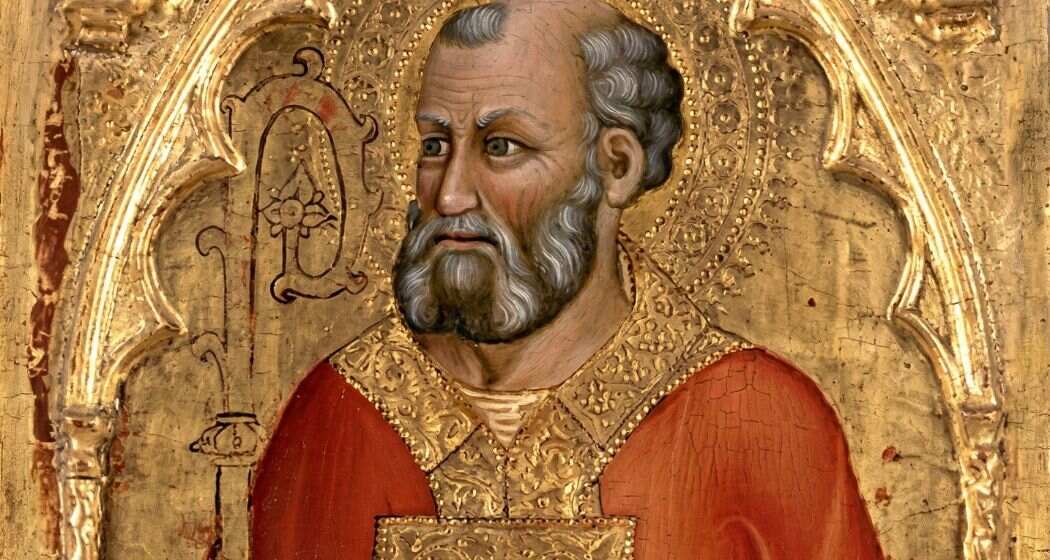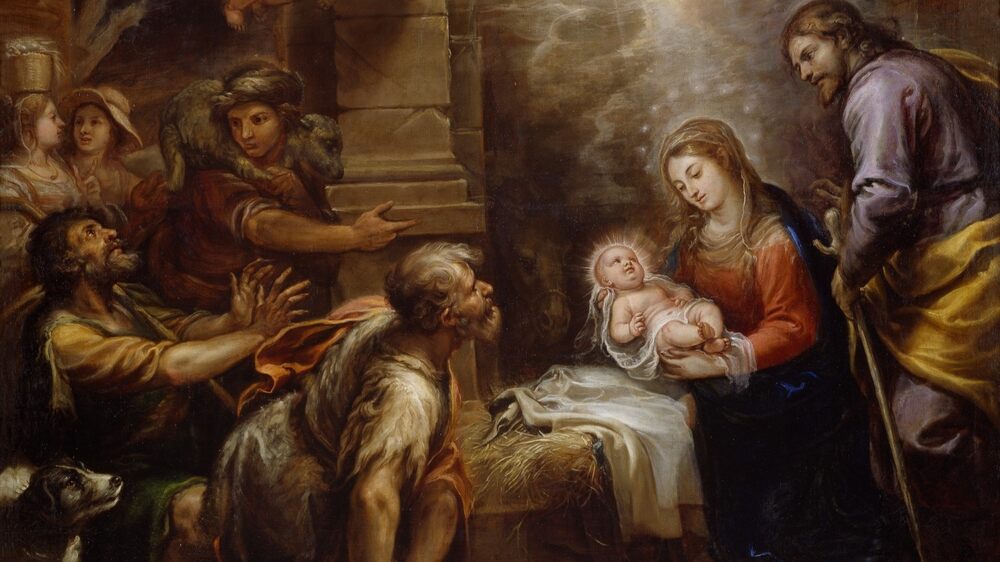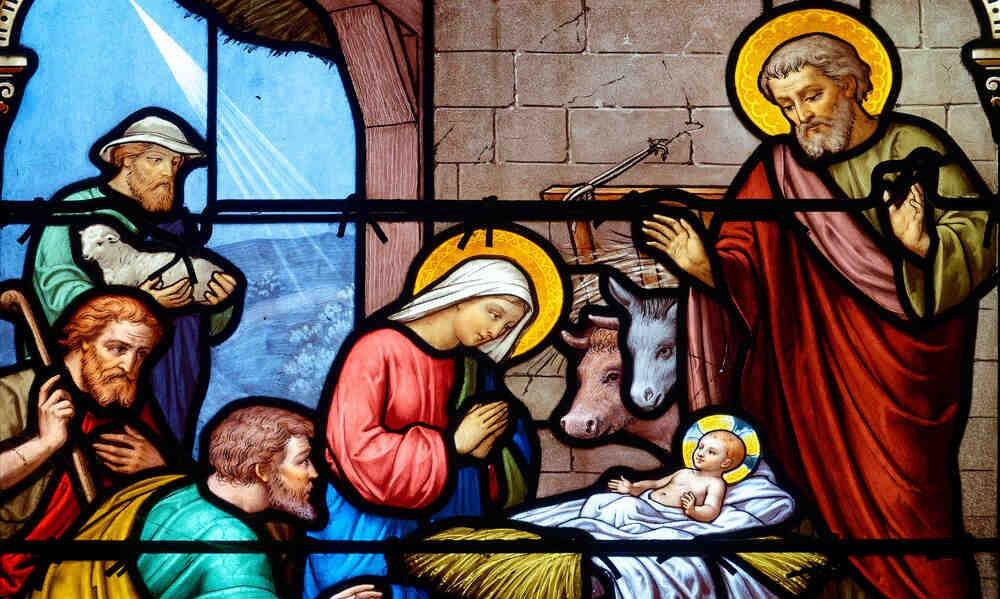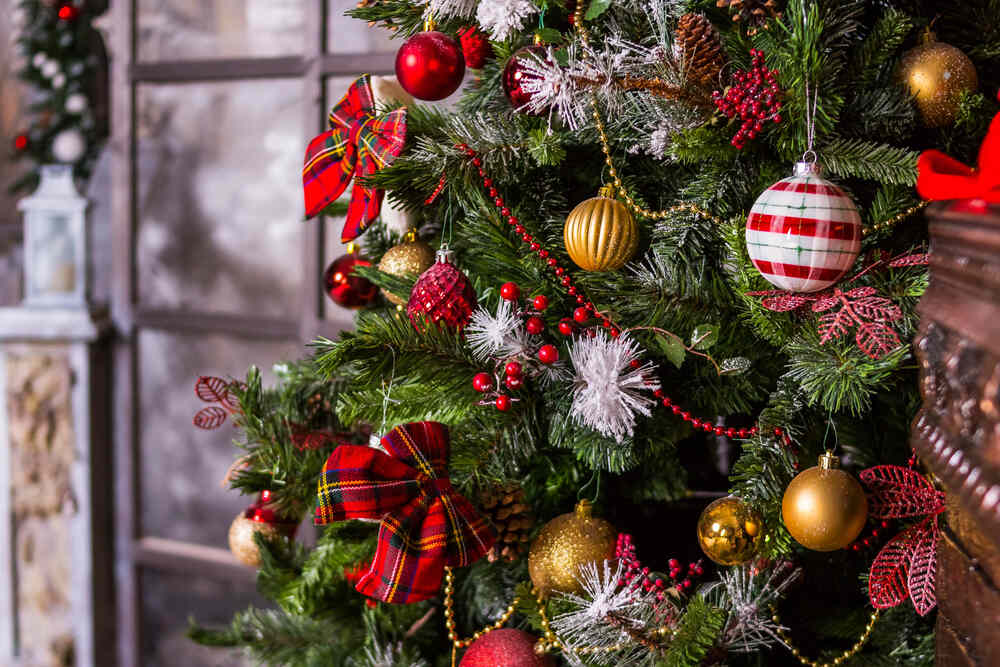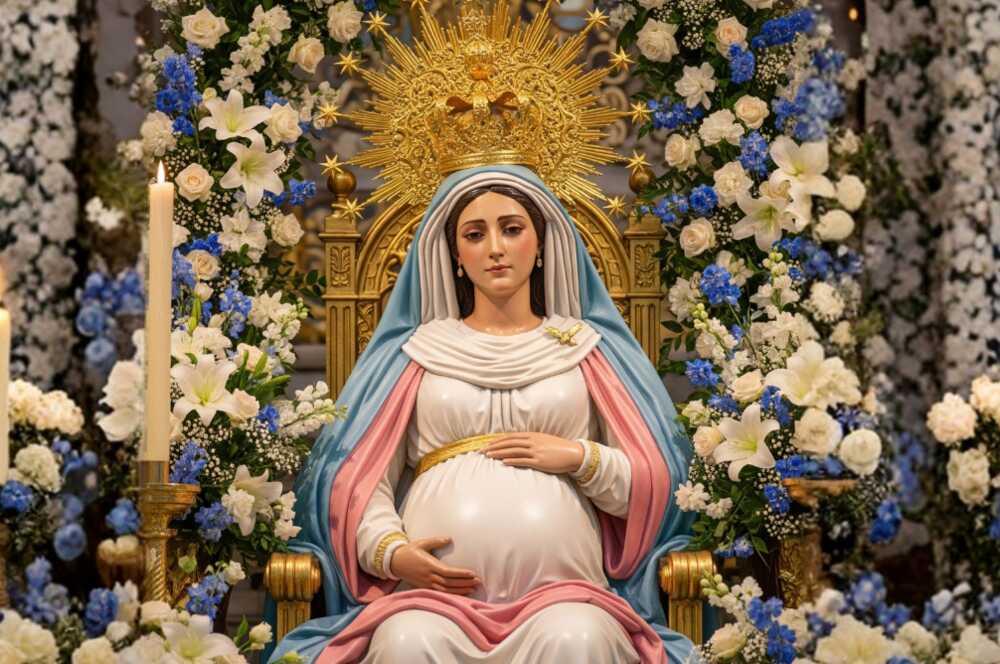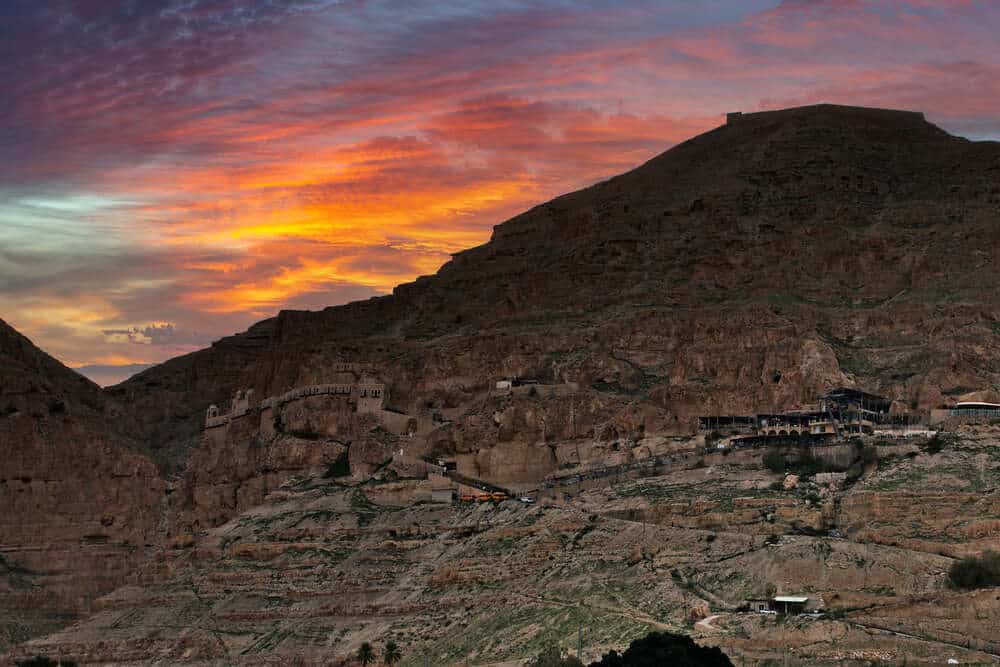The Church that we profess in the Creed is One, Holy, Catholic, and Apostolic. The Maronites have a very beautiful phrase about it:
Peter’s faith is our faith. Our faith is Peter’s faith. Peter’s Church is our Church. Our Church is Peter’s Church.
As we saw in the article The 6 Most Important Catholic Rites, the Holy Spirit guides and sanctifies the Church, which in its unity is enriched with a great diversity of traditions, liturgies, and charisms.
This diversity is reflected in the 24 particular Churches that are part of the Catholic Church: the Latin Church in the West and 23 Eastern Churches. In the article 7 Keys to Understanding the Byzantine Rite, we told you about the liturgical traditions of the Greek-Catholic Churches.
Today we are going to delve into the Maronite Church, which also belongs to the Eastern tradition.
You can use the Mass Times app to find the nearest Eastern Catholic church with Mass, Confession, and Adoration schedules. It will surely help you! Download it now.
History of the Maronites
The Maronite Church was born in the mountains of Lebanon around the Beit Marún monastery, founded in the year 452. Its name comes from Saint Maron, a hermit priest of the 4th century, known for his austere life and the gift of healing.
From its beginnings, the Maronites defended the Catholic faith. Faced with the Monophysite heresy, which disfigured the nature of Christ, the Maronites confessed that in Christ there is a divine Person with two natures: human and divine. And this confession of faith brought them terrible persecution.
The Maronites have suffered uninterrupted persecution and martyrdom, starting with the Monophysites, then with the Mamluks and the Ottoman domination. However, they knew how to preserve their identity and faith.
The contact with the crusaders and the French protection consolidated their link with the West. On the other hand, fidelity to the Eastern tradition allowed them to maintain their own liturgy and spirituality.
Even today, after the Lebanese civil war and the global diaspora, the Maronites remain a bridge between East and West. Due to the emigration of Syrian-Lebanese, today they have communities scattered in America, Europe, and Australia.
The Divine Maronite Liturgy
General Characteristics
The Maronite rite is of Syro-Western origin. It combines influences from Antioch, Jerusalem, and Latin elements. Its liturgical language is Western Syriac Aramaic (ṣerto), although today it is mostly celebrated in Arabic or other vernacular languages to favor pastoral understanding.
Its liturgical theology focuses on the Second Coming of Christ (Parousia), linking the Eucharist and Baptism as preparation for the resurrection and eternal life. The liturgy is full of expressive symbolisms, such as:
-
The sleep of souls: the dead await the resurrection.
-
The river of fire: purification and passage to heaven.
-
The arrival at the port: symbol of the Kingdom of God and of the arrival at Eternal Life.
-
Man as a point of convergence: human gestures divinized in the sacraments.
-
The tunic of glory: saving grace received in the sacraments.
-
The Cross: bridge between death and life.
-
The light: central symbol in the Mass, present from the preparatory rite.
The Maronite Liturgy is eminently oblationary and Trinitarian. The center is the Eucharist (qurbono), where Christ gives himself completely. It constantly invokes the Holy Spirit and the Mother of God.
It is sung, communal, and expressive, with gestures, processions, and abundant use of sacramentals (oil, holy water, incense, candles, icons). It unfolds through dialogue between the celebrant and the faithful.
The Maronite Liturgy understands the celebration as a means to access the divine, where each liturgical act reflects the redemption, the expectation of the Parousia, and the manifestation of the glory of God. The objective is clear: each gesture, each symbol, and each prayer bring the believer closer to God, transforming the celebration into a true encounter with the divine and a preparation for the Second Coming of Christ.
Structure
The Divine Maronite Liturgy is divided into three major parts:
I. Preparation of the Faithful and the Offerings
Preparation of the offerings:
The bread and wine offered by the faithful symbolize the best of their goods, following the ancient tradition of the bourshana (“the most select of the offerings”). These offerings are prepared on a secondary altar before being taken to the main altar.
Preparation of the priest:
The priest begins with prayer and confession, asking the Lord to be able to celebrate the Mass with faith, humility, and devotion. The faithful are also invited to pray for him.
Preparation of the faithful:
It includes initial prayers, blessing of incense, hymns to the Virgin Mary by Saint Ephrem, and biblical readings. The faithful listen to the Scriptures and receive instructions on the Christian life, strengthening their faith, hope, and love. Finally, the Creed is recited, renewing faith in the Church and in Christ.
II. The Consecration (Anaphora)
The Anaphora is the heart of the Mass. The term means “to elevate, to offer” and refers to the repetition of the words and deeds of Christ at the Last Supper. The Maronite Church has 72 anaphoras, and in the reformed Mass, the Anaphora of the Twelve Apostles is used.
Transfer of the offerings and Kiss of Peace:
The offerings are solemnly taken to the main altar. Before offering the sacrifice, the faithful perform the ceremony of peace, reconciling with each other according to the words of Christ (Mt 5:23).
Eucharistic ceremony:
- Thanksgiving to God the Father: gratitude for sending his Son.
- Remembrance of Christ (Anamnesis): commemoration of the Passion, Death, and Resurrection of Jesus.
- Invocation of the Holy Spirit (Epiclesis): the priest invokes the Holy Spirit to sanctify the sacrifice and the entire community.
III. Holy Communion
The Communion begins with the breaking of the Host and the mixing with the consecrated Blood. The chalice is raised so that the faithful may renew their faith in the real presence of Christ.
-
The Our Father is prayed, following the teaching of Christ.
-
The priest invites the faithful to receive the Eucharist: Sancta sanctis, for those who consider themselves worthy and with faith.
-
The Divine Liturgy concludes with prayers of thanksgiving, final blessing, and parish announcements.
The Maronite Church has shown throughout the centuries an unwavering fidelity to Rome. Its faithful have resisted persecutions, destructions, and displacements, keeping alive the faith they received from Christ.
The Maronites are an example of resistance and fidelity, witnesses of the Gospel and guardians of the unity of the Church. Their history reminds us that perseverance in faith and obedience to the Church allow us to maintain truth and hope, even in the midst of trials and adversities.
Let us pray for the perseverance and fidelity of these brothers of ours who continue to suffer persecution in their homeland!
Are Maronites Catholic?
Who are the Maronite Saints?
The Maronite Church has given the world numerous saints, living examples of fidelity to Christ and to the Catholic Church. Among the most recognized are:
-
Saint Maron
-
Saint John Maron
-
Saint Charbel Makhlouf
-
Saint Rebecca (Rafka) Khalil
-
Saint Nemetallah Al-Hardini
What Language Do Maronites Speak?
The Maronite Liturgy is traditionally celebrated in Western Syriac Aramaic, an ancient language used since the origins of the Church in Antioch.
Where are the Maronites?
Maronites are found mainly in Lebanon, where they have formed their historical and spiritual heart. There they are present in almost all regions, especially in the mountains and valleys that served as their refuge during centuries of persecution.
In addition, due to the diaspora, Maronites live in many countries of the world, maintaining their faith and traditions:
-
America: United States, Canada, Brazil, Argentina, Mexico.
-
Europe: France, Germany, Italy.
-
Oceania: Australia.
-
Middle East: Syria, Cyprus, Jordan.

